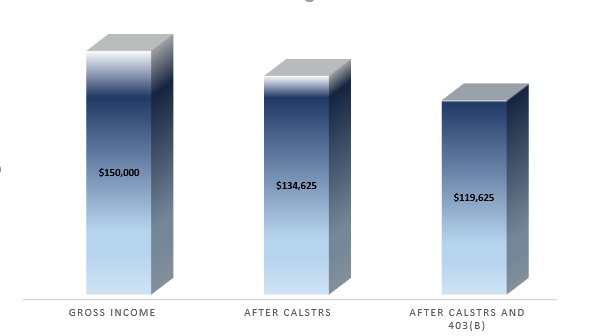Too often I believe, people hesitate to hire a Certified Financial Planner™ professional because they don’t even know what’s possible.
One of the reasons we don’t see possibility is that we tend to focus on things, like money; debt; investments; or taxes – and not on the relationships that make these things possible in the first place.
Take the phenomenon horizon as an example. Yes horizon, that thing that exists between the earth and the sky.
That thing that quite literally doesn’t exist except in relationship between the earth and the sky.
Without that relationship, there is no there there!
Financial planning isn’t merely about things like stocks, bonds and mutual funds. And it isn’t about blue prints, road maps, or even financial plans.
It isn’t about things at all!
Financial planning is about relationships – and cultivating the skills necessary to navigate life’s uncertainty.
“In preparing for battle I have always found that plans are useless, but planning is indispensable.”
Dwight D. Eisenhower
We live our lives in a world of uncertainty – never knowing what the future will bring. We can’t possible know. And no amount of knowledge, information, calculation, or analysis is going to predict what is fundamentally unpredictable.
Knowledge is useful, but only where knowing is possible. To navigate effectively in today’s world of uncertainty we need more than just knowledge and information. We need skills, and we need sensibilities.
And for that we need to start treating money, debt, investments and taxes less like things and more like the relationships that they are!
Those who insist on treating money like an object; debt as an inherently bad thing; investments like a crap shoot; or taxes as if they’re certain, are headed down a narrow, fixed, rigid, possibilities-constrained dead end road.
The road to possibility isn’t narrow, and it’s certainly not fixed or rigid. It may be paved with good intentions – but only if those intentions are to cultivate the skills and sensibilities to navigate and embrace life’s uncertainty.
Because when nothing is certain, far more is possible.
It’s in this spirit of uncertain adventure that we engage our clients in conversations for possibility, for navigating uncertainty, and for co-creating the future.
By cultivating new skills and sensibilities relating to money, debt, investment and taxes, our clients are reinventing their financial reality.
You can too.



